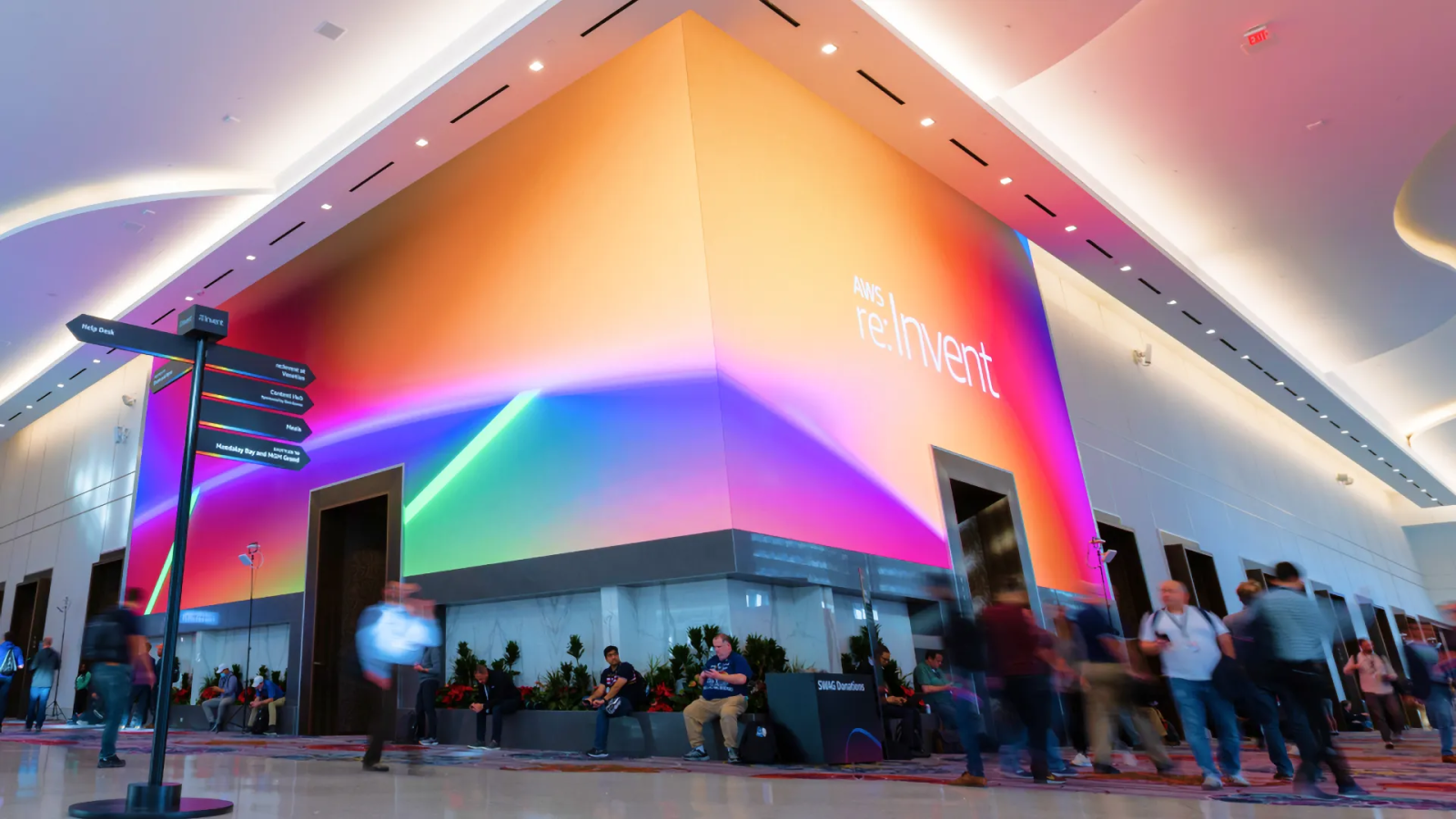Flashback to early April of 2022. I received a Slack message from someone on my team asking for an ESG Report in preparation for Earth Day. Now, generally these reports take months to create (as our Sustainability Report ultimately also did...), but I didn't want to start on preparing anything until I knew what the state of the art was, and so I just started reading a lot of infrastructure marketing materials that covered topics such as e-waste, power efficiency, sustainability. When I finished reading the Energy section of ESG reports, my summary concluded:
Most of the reports talk about a company's power usage and waste creation, not that of their products (this is not where the big win is)
Competitive comparisons to "the competition" don't truly help inform the customer buying process (since they mask all of the real context)
Many of the arguments devolved into "if you buy something new, it will probably consume less power" (thanks, Moore's Law!)
Therefore, we decided to take a different approach to helping our current and prospective customers understand the environmental implications of VAST Data Platform... by putting our systems in context by directly comparing against competing solutions in the market. By bringing real and specific data to the table, we are working to inspire our audience by first and foremost informing them. The journey was an interesting one, since I did not know where we'd end up... and in the end, a few simple axioms became apparent.
Superior data reduction pays energy-savings dividends on an absolute basis, and our Similarity-Based Data Reduction is a real benefit when it can deliver 2x (or better) savings vs competing approaches to reducing structured and unstructured data
By disaggregating CPUs from SSDs, VAST Data Platform can be configured for far less compute overhead than legacy scale-out systems
Since SSDs only draw meaningful amounts of power when you write to them, most AI and data analytics stores run cooler than we thought
10 Year system longevity and infinite cluster lifecycles make for a much better scaling than systems that have to be refreshed every 5 years and where you need to migrate from one platform to another during a migration event (creating system lifetime overlap)
And finally, compute savings far outstrips any amount of storage savings when customers move from HDD storage to scalable SSD storage, simply because workloads are much more efficient when they benefit from low-latency, transactional data infrastructure... of course the challenge with moving to all-SSD data centers has historically been cost (which we've resolved)... but we now see compute power savings levels (alone) that entirely pay for investments in VAST Data Platform
Fast forward to 5 months after Earth Day and the cost of energy is now becoming an increasingly critical driver for infrastructure decisions. Global energy supply is currently in one of the greatest states of flux in history because of the conflict in the Ukraine. Countries such as Germany, Norway, France, UK and others are experiencing rapid cost increases with no clear end in sight. While our VAST Sustainability Report: A Modern Approach to Data Center Infrastructure Efficiency discusses power savings on a proportionally representative basis, we also illustrate that greater levels of savings (in a constant currency) can be realized in more power-constrained parts of the world. In any case, the move to VAST-powered infrastructure can represent a meaningful improvement in power efficiency vs competing products.

What's more, we've seen customers often report a 25%-75% improvement in wall-clock time when moving from legacy HDD systems to VAST's embarrassingly parallel and all-NVMe infrastructure. In doing so, there are much larger levels of energy savings to be enjoyed because servers are (by far) the #1 consumers of power within a data center. Eliminating barriers to data access has a direct effect on the number of servers needed (and power needed) to complete an application pipeline within a pre-defined window of time. The resulting impact on data center sustainability can be massive.

Any rational organization would spend 17kW of power to save fractions of a megawatt. In this case, VAST Data Platform pays for itself in compute energy efficiency. What's good for the environment can also be good for your budget.
In some senses, we're still building out and discovering all the ways we help save. If you have questions about the real impact of your infrastructure purchasing decisions, contact us and we'll work to bring as much data to the table and disambiguate some of the greenwashing that has crept into the market's vocabulary over the past year.
We invite you to challenge us to inform this conversation better. Thanks.



